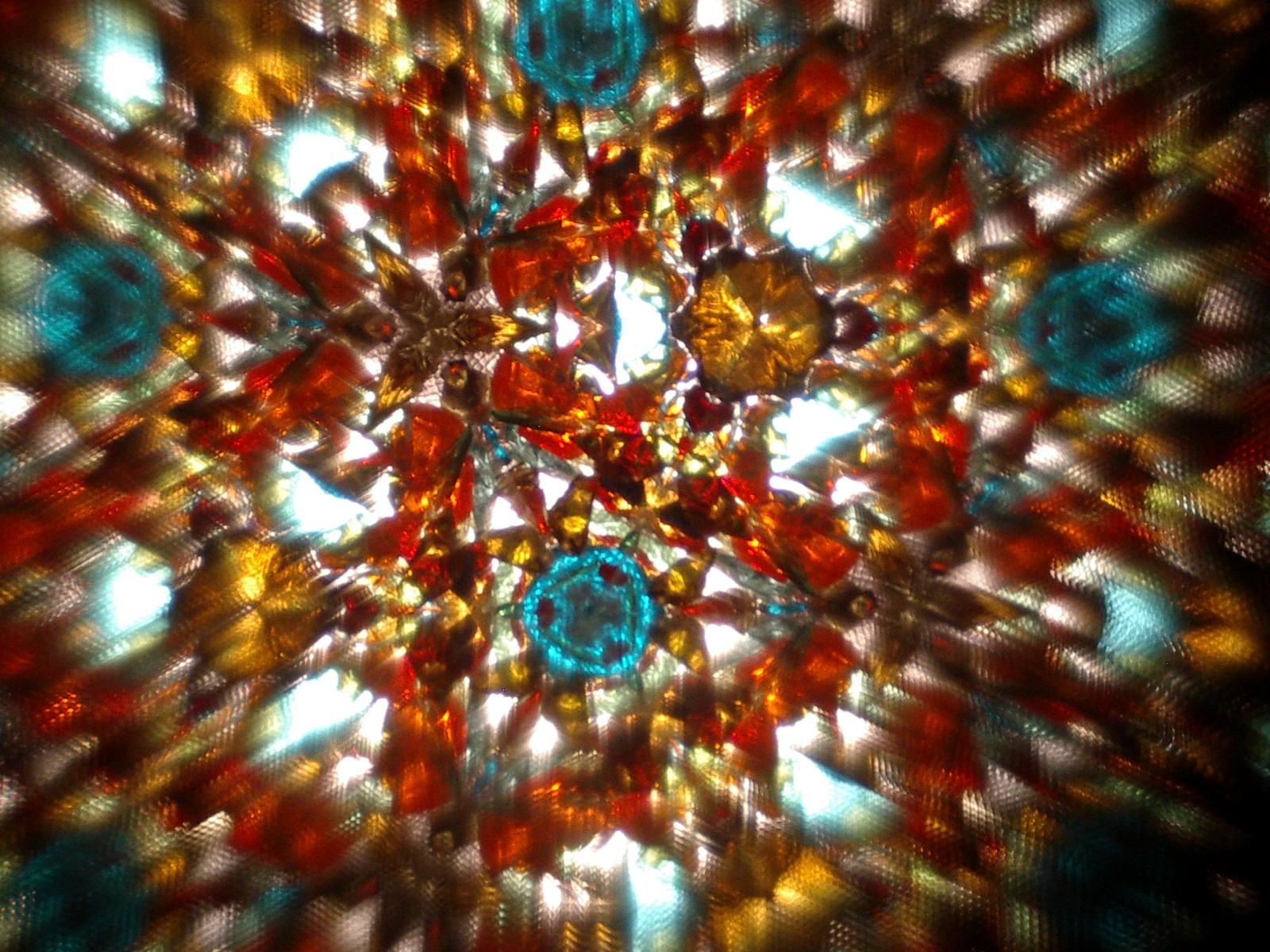History. The word "kaleidoscope" is a combination of Greek words, KALO, EIDO, SCOPOS meaning beautiful-forms-viewer. The firstkaleidoscope was patented in 1817 by Sir David Brewster, however it has come into question whether he was the inventor.
from: http://www.kaleidoscopestoyou.com/hiofka1.html
History Of the Kaleidoscope Who Invented the Kaleidoscope Invented in 1816 By David Brewster
Kaleidoscopes were invented in 1816 by David Brewster a Scottish inventor. Sir David Brewster was studying many aspects of physical Sciences including polarization optics and the properties of light. While looking at some objects at the end of 2 mirrors He noticed patterns and colors were recreated and reformed into Beautiful new arrangements. He named this new invention after the greek words meaning beautiful form watcher. kalos, the greek word for beautiful, eodos, the greek word = shape scopeo, the greek word = to look at.
In 1817 He patented his idea but is seems a incorrectly worded patent made it easy for others to copy without much in way of legal recourse. David Brewster actually did not see much in way of financial success from this invention as other inventors were aggressive in mass producing this new art form. Sir David Brewstwe was instrumental in many light and optical advances including a lens design for lighthouses and in 1849 He made advances in Stereoscope designs.
Kaleidoscopes became very popular during the Victorian age as a parlor diversion. Charles Bush was a very popular United States kaleidoscope maker during the 1870s for his parlor kaleidoscope. He patent his idea in 1873 and to this day collectors search for this particular kaleidoscope. These were made with a round base and a rarer 4 footed version.
Many of the baby boomers remember receiving a toy kaleidoscope as a kid. It was not until the late 1970s that a renaissance in Kaleidoscope artistry began. In 1980 a first exhibition of kaleidoscopes helped fuel the interest in kaleidoscopes as an art form. Today there are 100's of great kaleidoscope artists and kaleidoscope makers.



Thankfully, modern filters on programmes like Final Cut pro would allow to transform footage to a kaleidoscope'd visual easily.
It is another style of projection that 'alters' the normal sequence of scenes, used to enhance the narration and make it more dynamic.




No comments:
Post a Comment